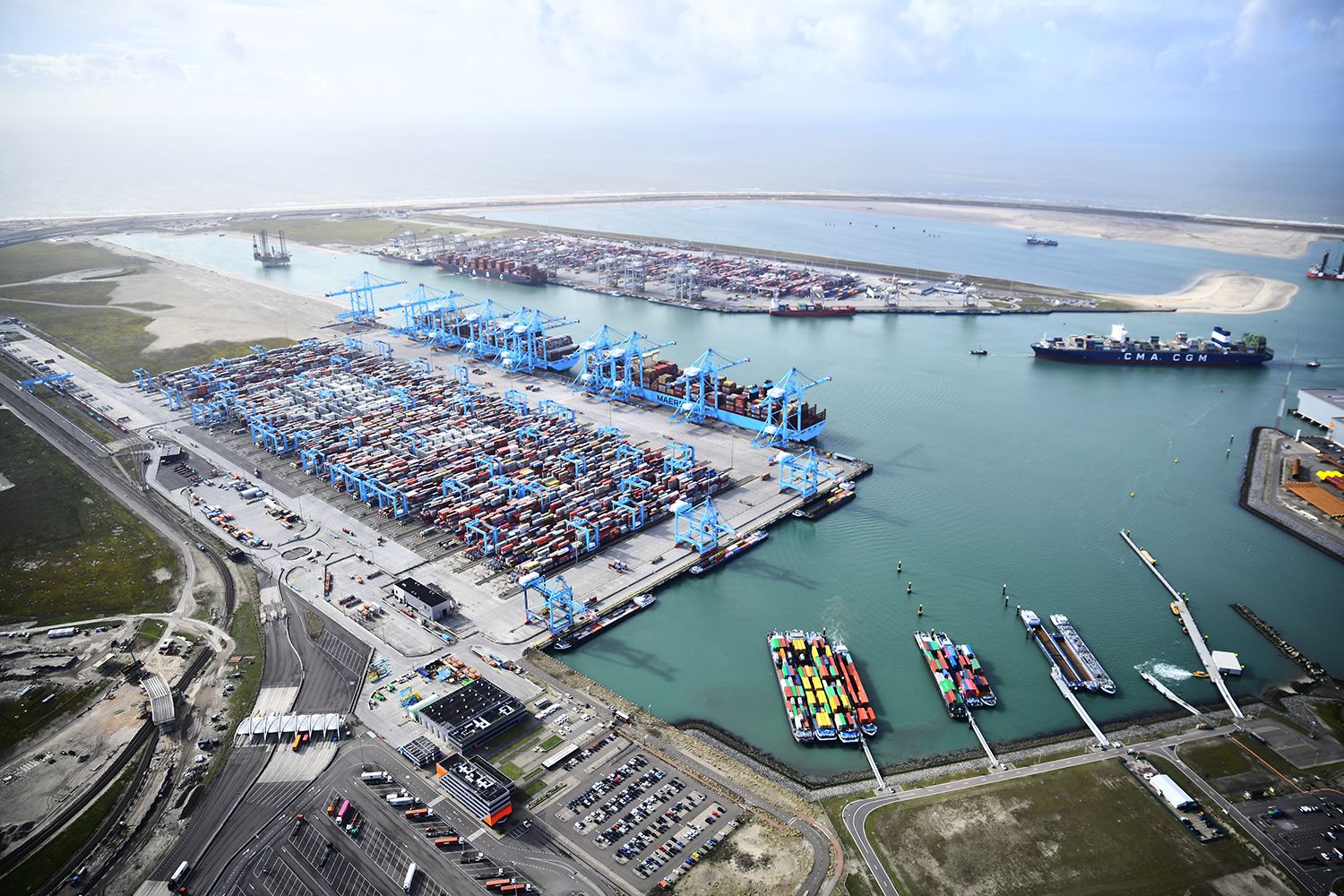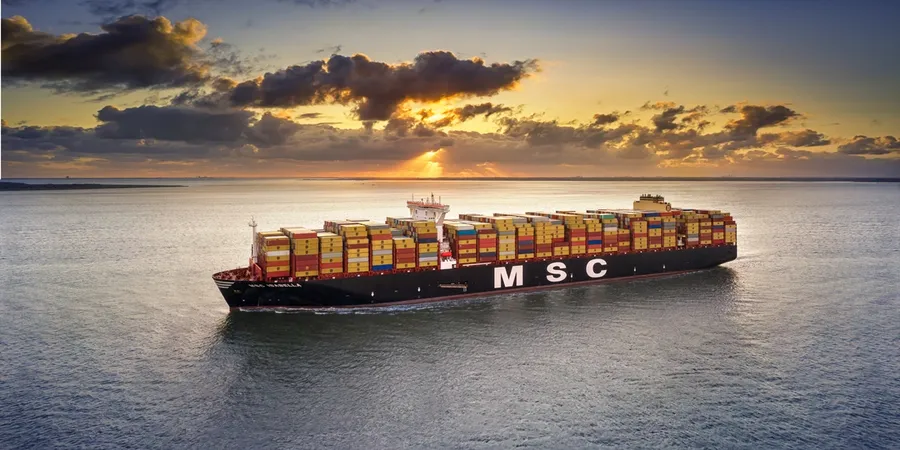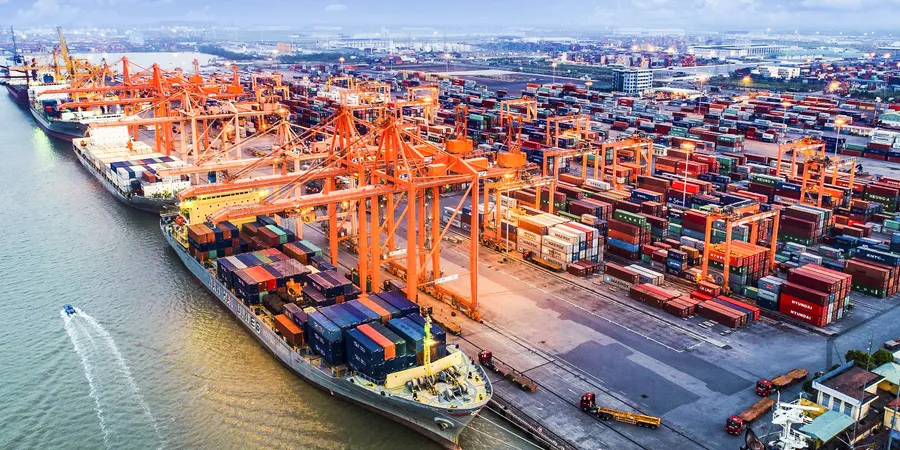Slow growth for major box ports in 2022
The 30 busiest container ports in the world saw slower growth in 2022, as inflation and economic uncertainties capped consumer spending.
Alphaliner’s recent report, released today (29 March), stated that volumes at the 30 busiest ports rose by less than 1% year-on-year, to 454 million TEU in 2022.
Gains were driven almost entirely by China and, to a lesser extent, the Middle East.
Despite intermittent Covid-19 restrictions, volumes at China’s top 10 ports rose 4.1% to a new record of 222 million TEU during the year, although the result marked a slower growth than the previous year (2021: 6.2%). A strong showing by Tanger Med (+5.6% year-on-year to 7.6 million TEU) also added some 423,000 TEU in volumes, while Dubai throughput remained firm at 13.9 million TEU, a 1.6% increase in 2021.
However, the remaining Asian ports ranked in the top 30 - Singapore, Busan, Port Klang, Tanjung Pelepas, Kaohsiung and Jakarta - all logged volume decreases, ranging from 0.5% to 6.5%.
In the United States, the ascendant east coast ports of New York/New Jersey and Savannah continued their growth, reporting volume increases of 5.3% and 4.7% respectively, while Los Angeles throughput fell 5.3%, as the port lost its position as the busiest US container port. New York/New Jersey has outperformed Los Angeles in five of the last eight months.
Europe’s three busiest ports Rotterdam, Antwerp-Bruges and Hamburg, also ceded ground, with headline volumes falling by 5.8%, 5.5% and 5.4% respectively, bringing throughput below 2019 levels.
Source: Container News





